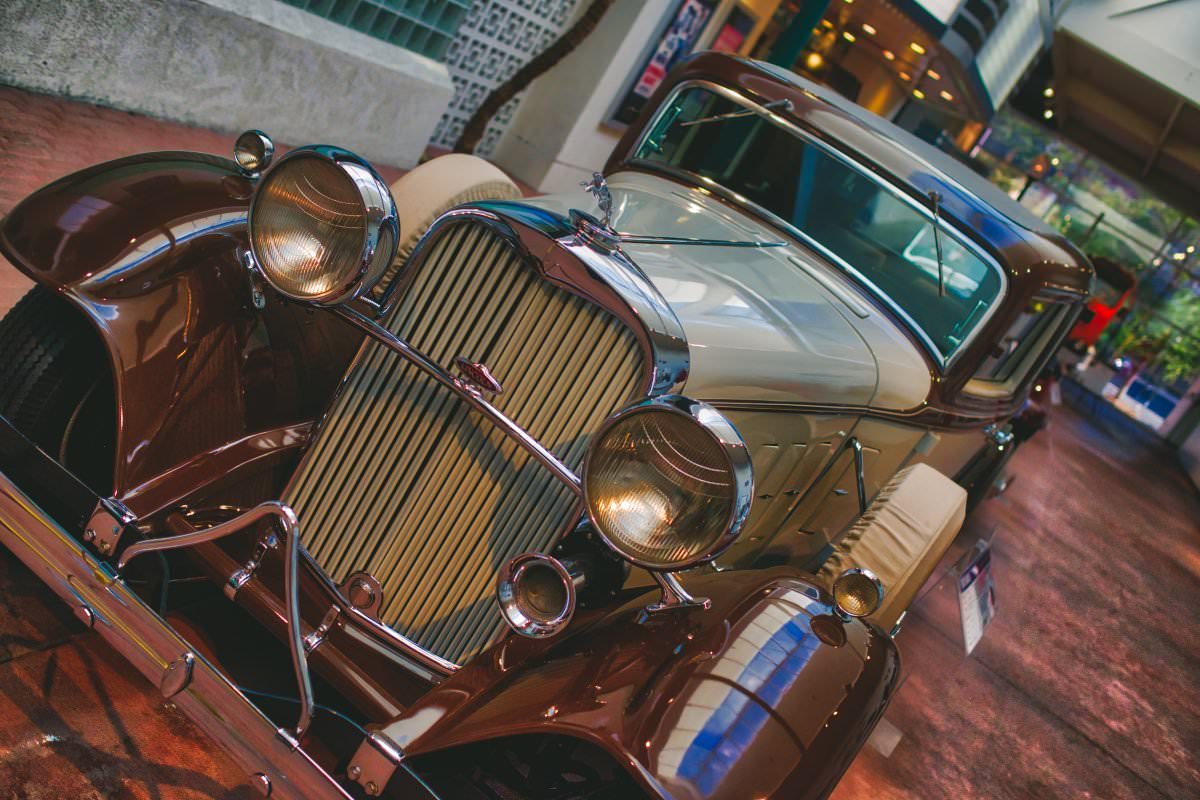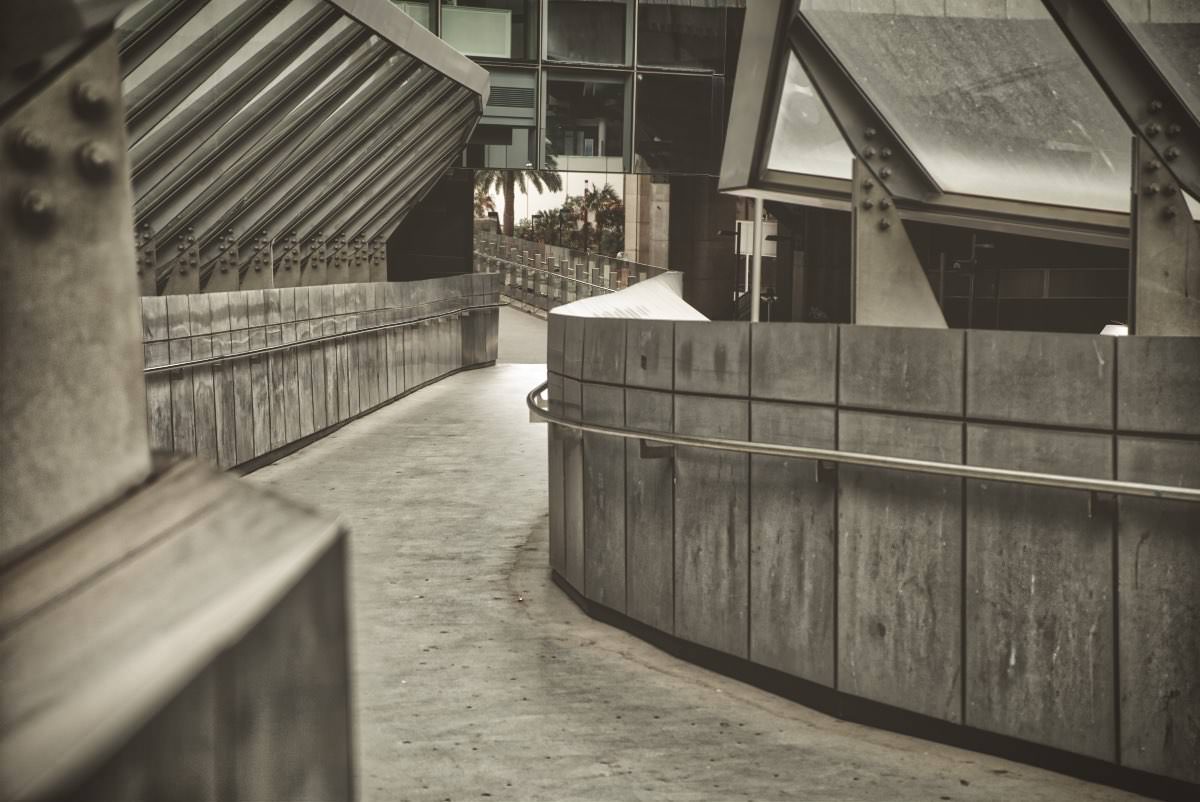I’m loving using the latest release of HDR software by Macphun called Aurora HDR 2018. Why because it works brilliantly with Fujifilm X-Series Cameras?
Never before I’ve had so much joy and pleasure in processing RAW images through an HDR software. Earlier versions just didn’t quite work as well, with Single or Bracketed exposure. I always saw grainy noise coming through that was a challenge to remove. You had to resort to using layers or other tools like Noiseless to remove the noise from the images.

However, with this latest version, these issues are a thing of the past. It not only works well with bracketed images but it works just as well with Single RAW image. So I decided to do a little experiment.
The Experiment
How well does Aurora HDR 2018 process Single RAW file from an X-Series camera?
Getting Started
As I got started with this, I quickly realised that my sample of X-Series camera was short actually only limited to X-T1 which I own and handful of images from X-T2 which I took during the X-T2 Launch Event in Sydney.
So I needed a few more samples from different X-Series cameras. Luckily, I’m part of a Fuji X Aus group on Facebook which is an amazing community of like-minded people using X-Series cameras. So I posted a request and within minutes the members of the community responded to donate a couple of RAW files from their archives.
Now I have images from X-T1, X-T2, X100F and X-T20. Which is a slightly bigger sample!!
So I started processing these images through Aurora HDR 2018. The results were truly amazing. The shadows pulled up nicely and highlights where toned down to create a well-lit result.
My Samples
My samples were all taken as single images from bracketed series that I had shot and edited through Aurora HDR 2018 with various different settings to create different moods and feeling in the images.
I created many different looks using the new features and saved them as presets for use later. Check out the images below and see for yourself.
The Hypothesis
My findings were that details were sharper when you pushed them, shadows opened up beautifully and with hardly any noise. In my experience with the X-Series cameras have really good low light performance due to its special and unique sensor design.
So the edited results look really amazing. Even in the images which had a shallow depth of field the images looked pretty darn amazing.
The most astonishing thing for me was that if you edit with some restraint your images don’t scream out HDR at all. They don’t have that oversaturated and grungy look with halos everywhere that scream I’m HDR!!
Contributors
Bhagi Shiva, kindly donated his beautiful landscape images for me to play around in Aurora HDR 2018. Both were RAW images and were actually shot at -1 Exposure Compensation. This meant that Aurora HDR 2018 had to pull out, even more, detail from the shadows and enhance the image.
I was super impressed with the outcome. Although on the X-T2 sample you can see some spots which I am guessing are raindrops judging from the cloudy skies and not sensor dust.
Check out some of his amazing work over on his website Earthly Travel Photography. He is an amazing photographer!!

About Bhagi Shiva
Bhagiraj Sivagnanasundaram, based in Sydney, Australia is a Travel, Documentary & Commercial Photographer.He has vast experience in creating photojournalism related photographs of Human conditions, vanishing cultures & authenticity and Human-Environment interactions, the fields which are his specialties.His experiences influence his unique ability to interconnect various genre of photography field into making a final product that really stands out.
He has an immense ability to carry-on photo assignments within a short time-frame and to return back with compelling stories. He always seeks for fresh stories that bring fresh perspectives on the various lifestyles of a community or individuals which are currently under his long-term personal projects.
Joe Maurici donated two images from the X-T20 that he shot with, which were taken in and around Darling Harbour in Sydney. These were Single RAW files taken at normal 0 exposure compensation.
For the first image (below) I went with an aged/dated HDR look, I like how the out of focus areas remain out of focus and don’t become gritty and noisy. For the second, I pushed the details and still the RAW file turned out the goods as a HDR image.

About Joe Maurici
Joe Maurici lives in Sydney, Australia with wife of 3 years and is soon to be a parent for the first time. Working professionally in Post Production in the Film and Television industry he has a passion for taking photos in his spare time. His weapon of choice at the moment is a Fujifilm X-T20 with XF 18-55mm F2.8
Follow Joe on Instagram
Conclusion
Having used many HDR softwares over the years and finding all sorts of issues which you had to find workarounds by using other plugins or some layered magic in Photoshop, I feel that finally there is an HDR software that makes it easy to process X-Series images as HDRs.
I can’t wait to go through my catalog of images and re-process them using Aurora HDR 2018 which is turning out to be the best HDR software for X-Series cameras.














